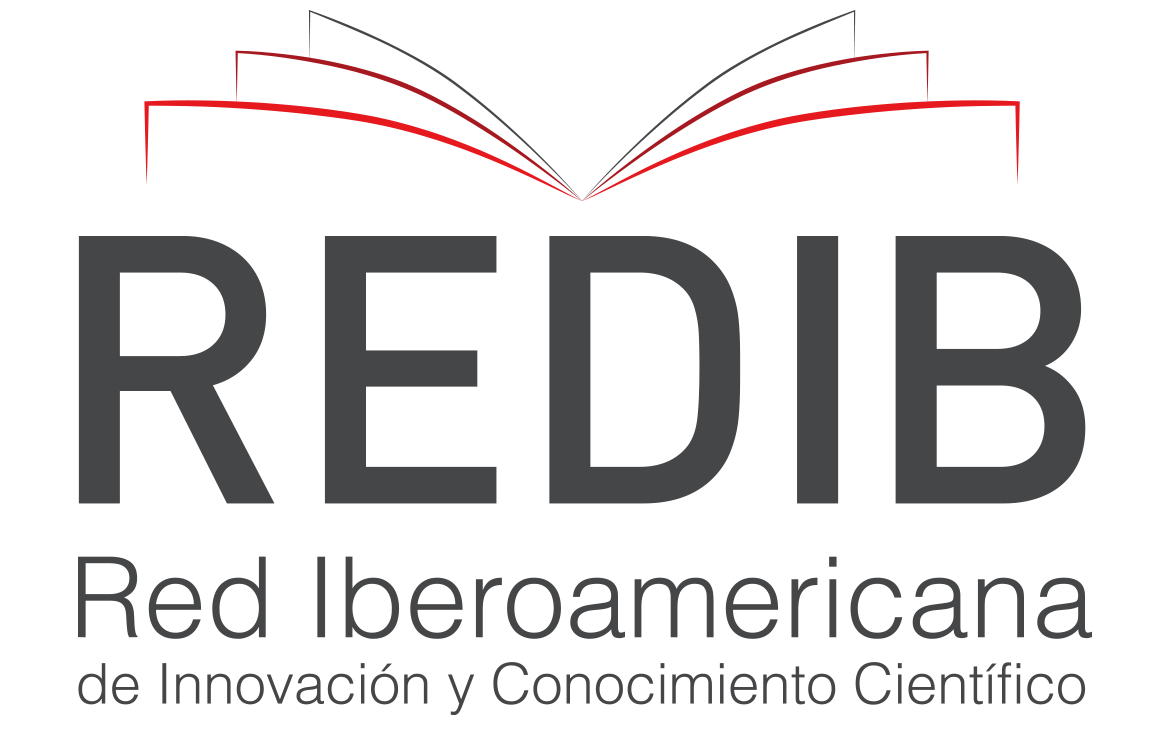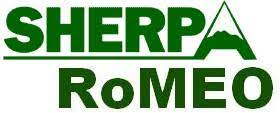THE USE OF LITERATURE IN TESOL CONTEXTS: A DISCUSSION OF ITS BENEFITS AND FLAWS PLUS THE USE OF TEXT MANIPULATION
Palabras clave:
English Language Teaching, Literature, Text ManipulationResumen
The value of literature in the English language classroom is sometimes permeated by cloudy thoughts as to whether it exerts any positive influence on students’ overall language growth. The current paper addressed the issue above through secondary research comprising the analysis of the role of literature in English Language Teaching and the exploitation of text manipulation. It was found out that literature in the classroom can be useful for teaching use and usage of grammatical structures, can be relevant for students’ academic and professional objectives, is important in creating cultural tolerance, and can boost learners’ motivation. Furthermore, with regard to text manipulation, among other aspects, it was deemed advantageous owing to the fact that when simplifying the grammar and vocabulary of texts, students are provided with opportunities get in touch with an array of captivating narratives which, in their original form, they would not be able to enjoy
Citas
Bahns, J. (1990). Consultant not initiator: the role of the applied SLA researcher. English Language Teaching Journal, (44)2, 110-116.
Brumfit, C.J. and R. Cater (eds.) (1986). Literature and Language Teaching. Oxford: Oxford University Press.
Brumfit, C.J. (1986). Reading skills and the study of literature in a foreign language. In Brumfit, C.J and R. Cater (eds.).
Campbell, N. (1987). Adapted literary texts and the EFL reading programme English Language Teaching Journal, (41)2, 132-5.
Cook, G. (1986). Texts, extracts, and stylistic texture. In Brumfit, C.J and R. Cater (eds.), 150-166.
Culler, J. (1975). Structuralist poetics. London: Routledge and Kegan Paul.
Davies, A. (1984). Simple, simplified and simplification: what is authentic?. In Alderson, J.C. and A. H. Uquhart (eds.). Reading in a Foreign Language. New York: Longman.
Evans, M. (1992). Text Manipulation in the Teaching of Literature to ESL Undergraduates. Journal for Language Teaching, (26)3, 39-50.
Frye, N. (1964). The educated imagination. Indiana: Indiana University Press.
Gaies, S. 1979. Linguistic input in formal second language learning: the issue of syntactic gradation and readability in ESL materials. Teaching English Speakers of Other Languages Quarterly, (13)1, 41-50.
Halliday, M.A.K. (1964). The linguistic sciences and language teaching. London: Longman.
Harrison, B. (1974). Explorations in language study: English as a second and foreign language. London: Edward Arnold.
Hirvela, A. (1990). ESP and literature: a reassessment. English for Specific Purposes, 9, 237-252.
Howatt, A.P.R. (1985). A history of English language teaching. Oxford: Oxford University Press.
Kachru, B. (1986). Non-native literatures in English as a resource for language teaching. In Brumfit and Cater (eds).
_______ (1980). The pragmatics of non-native varieties of English. In Smith, L.E.(ed.) English for Cross-Cultural Communication. London: Macmillan. pp.15-37.
Lazar, G. (1994). Using literature at lower levels. English Language Teaching Journal, (48)2, 115-124.
Leech, G. (1973). A Linguistic Guide to English Poetry. London: Longman.
Lightbown, P. M. (1985). Great expectations: second language acquisition research and classroom teaching. Applied Linguistics, (6)2, 173-89.
Maley, A. and A. Duff (1989). The inward ear. Cambridge: Cambridge University Press.
Marshall, M. (1979). Love and death in Eden: teaching English literature to ESL students. Teaching English Speakers of Other Languages Quarterly, (13)3, 331-40.
McKay, S. (1982). Literature in the ESL classroom. Teaching English Speakers of Other Languages Quarterly, (16)4, 529-536.
Meyer, B. (1975). The organisation of prose and its effects on recall. New York: North Holland.
Povey, J. (1987). ‘Literature in TESOL programs: the language and the culture’. In Allen, H and R. Campbell (ed.) English as a Second Language. New York: McGraw Hill.
Pugh, S.L. (1989). Literature, culture and ESL: a natural convergence. Journal of Reading, January, 320-329.
Richards, J. C. & R. Schmidt (2002). Longman dictionary of language teaching & applied linguistics. London: Longman
Rönnqvist, L. and R. D. Sell (1994). Teenage books for teenagers: reflections on literature in language education. English Language Teaching Journal, (48)2, 125-32.
Widdowson, H. G. (1978). Teaching language as communication. Oxford: Oxford University Press.
Zulu, N.S. (1996). Teaching ESL literature: the problems of cultural selection in South Africa. Journal for Language Teaching, (30)1, 50-58.
Descargas
Publicado
Cómo citar
Número
Sección
Licencia
Derechos de autor 2024 NDJIMI DUMBA WATEMBO MALAKA

Esta obra está bajo una licencia internacional Creative Commons Atribución-NoComercial-CompartirIgual 4.0.

















